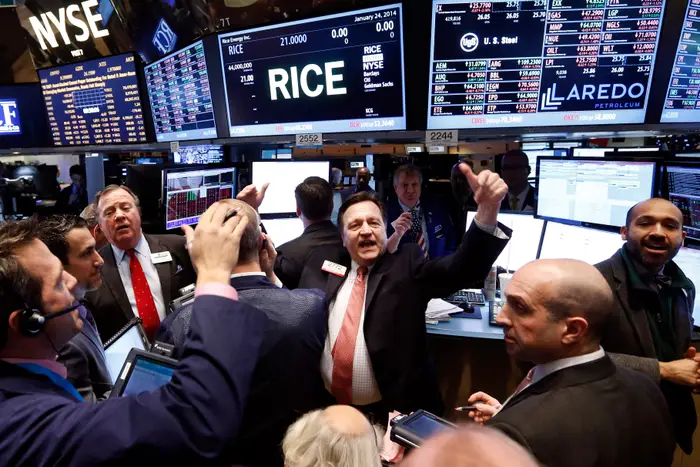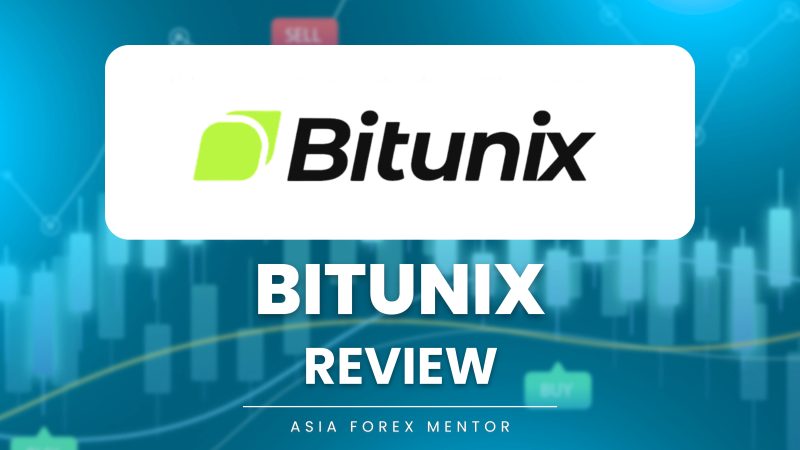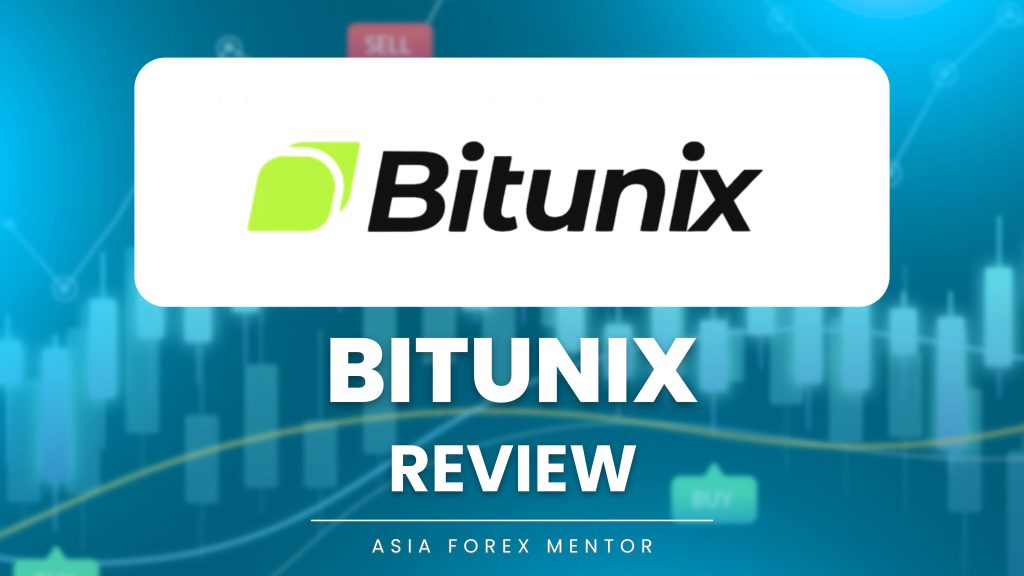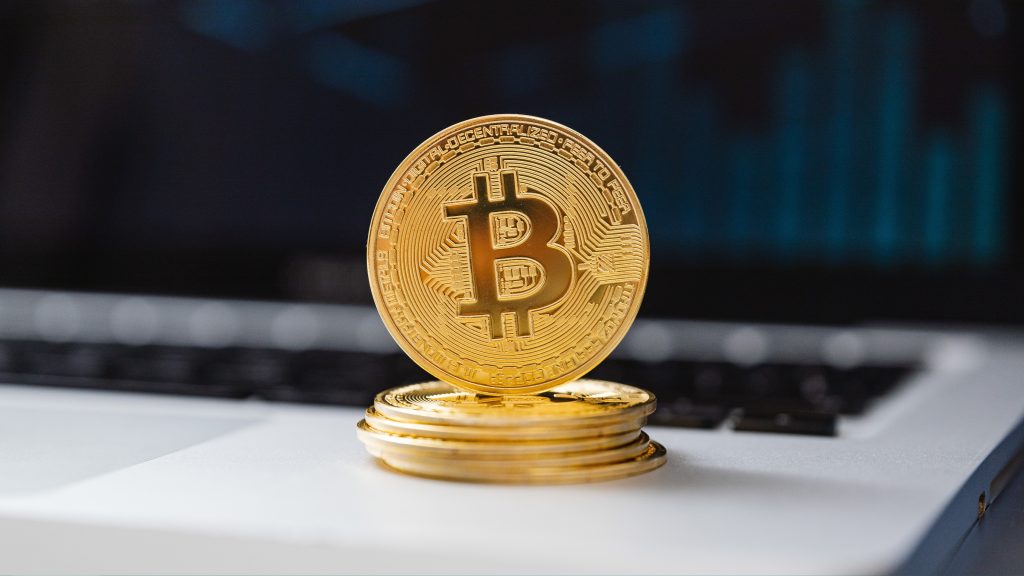
Despite what's felt like a shaky start to 2025, some of Wall Street's sharpest minds are now forecasting a powerful close to the year for stocks. In a move that's catching attention, Deutsche Bank analysts, led by Chief US Equity & Global Strategist Binky Chadha, recently upped their year-end S&P 500 target to a robust 6,550. That’s a number suggesting a roughly 10% upside from recent levels, which would place the index nearly 7% above its own record close from earlier this year. But why this sudden surge of optimism amid lingering uncertainties? Let's dive into the core reasons why these market forecasters expect stocks to end the year at record highs.
1. The Looming Buyback Bonanza
One of the most powerful forces Deutsche Bank is eyeing is the anticipated wave of corporate demand for stock buybacks. Companies, flush with resilient earnings, are expected to spend a whopping $1.1 trillion on stock buybacks this year alone. This isn't just a sign of healthy corporate balance sheets; it's a direct mechanism for reducing the supply of stock on public markets. When there are fewer shares available, the existing shares become more valuable, naturally pushing up prices. It's a fundamental supply-and-demand dynamic that, combined with strong profits, sets the stage for a significant upward trend in the S&P 500.
2. Easing Tariff Tensions Fueling Optimism
Remember those intense trade fears that plagued the market? Deutsche Bank believes the worst might be over, or at least manageable. After a period of uncertainty, the U.S. and China recently agreed to slash their respective tariff rates, paving the way for more comprehensive trade negotiations. While tensions between the world’s two largest economies still linger – with both sides occasionally accusing the other of violating their tentative agreement – the White House's approach to tariff negotiations has some market watchers feeling optimistic.
Deutsche Bank's analysts point to President Trump’s decision to pause “Liberation Day” tariffs just hours after they took effect. This swift reversal, before any significant economic or political pain could emerge, is seen as a strong signal. Their interpretation? If the negative impacts of tariffs do materialize, we can expect further relents. This plays into a predictable “escalation and de-escalation” dynamic, suggesting that despite the fiery rhetoric, the market's reaction could still sway tariff policies. For investors, this means a belief that tariffs will be a slight drag on earnings growth this year, but potentially a temporary one, offering a clear path for a market rally.
3. Resilient Earnings & Neutral Investor Positioning
Beyond the immediate catalysts, the broader economic outlook and investor positioning also paint a bullish picture. Deutsche Bank has notably raised its estimate of the S&P 500’s aggregate full-year earnings per share to $267 (up from an earlier $240 projection). This improved earnings growth forecast highlights a underlying strength in corporate performance.
Crucially, investor positioning, according to the analysts, is currently close to neutral. This is significant because it implies that discretionary investors—those with flexibility in how they allocate their funds—haven't fully committed to the market's upside yet. If confidence grows that tariff impacts will be modest and temporary, and that earnings remain strong, these large investors are expected to become “overweight.” This means they'll pour more capital into stocks in anticipation of a rebound, providing ample fuel for the market rally towards record highs. It's a classic scenario where ample liquidity and a shift in sentiment can drive significant gains.
















